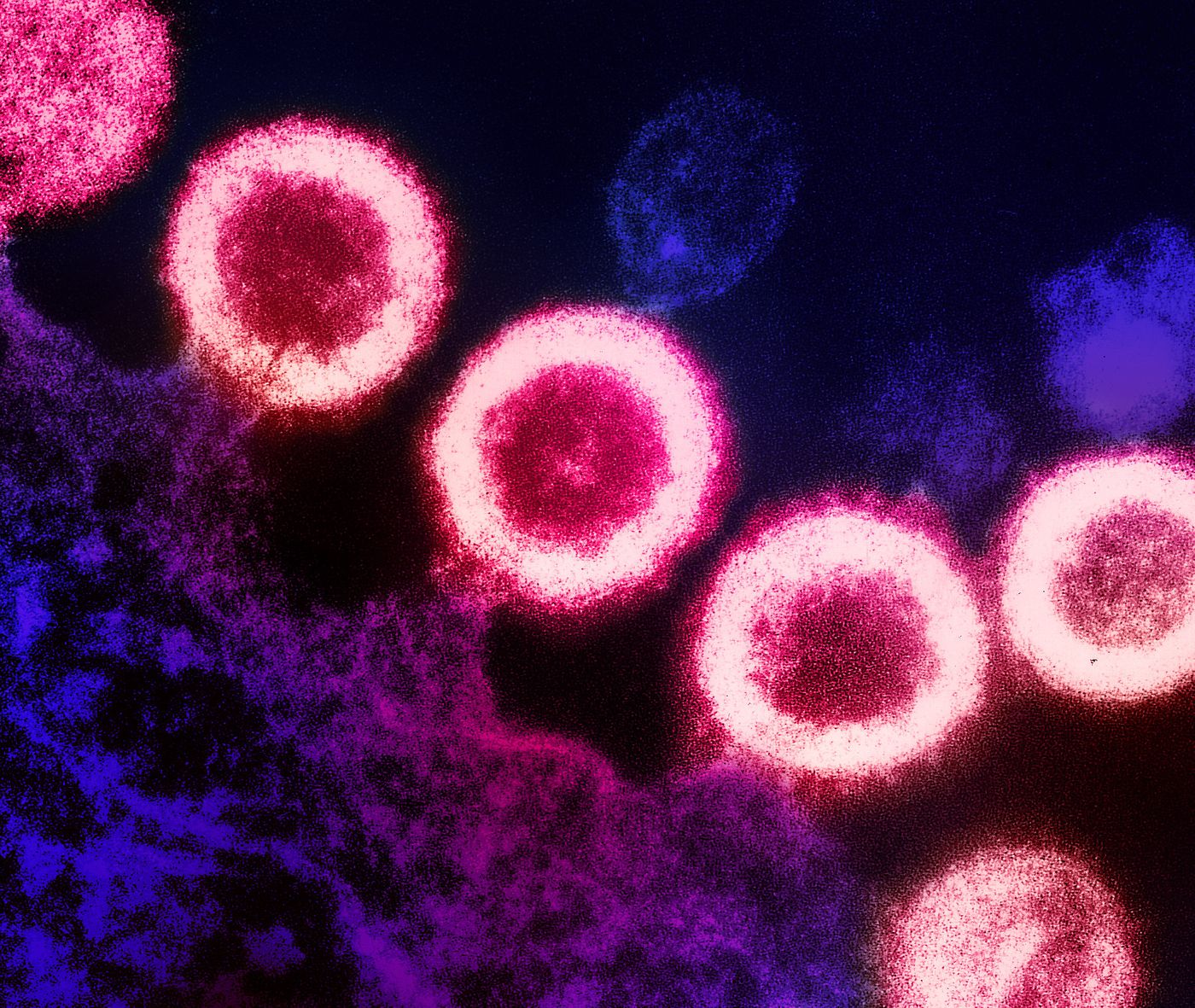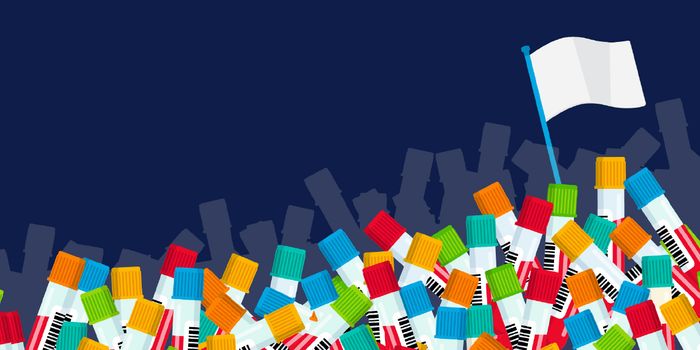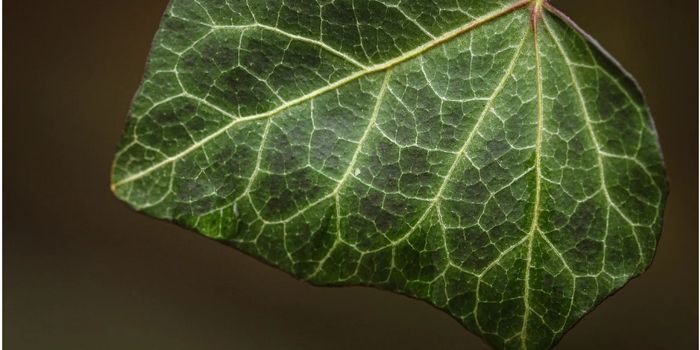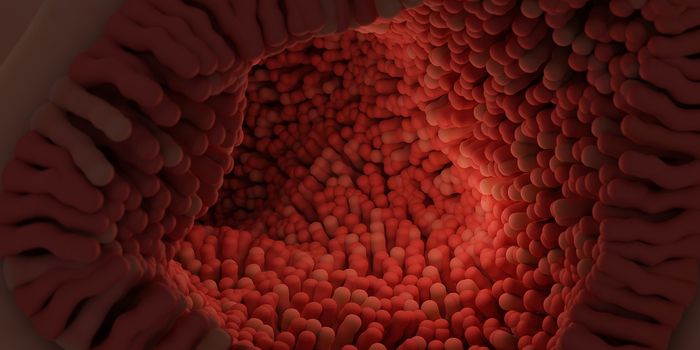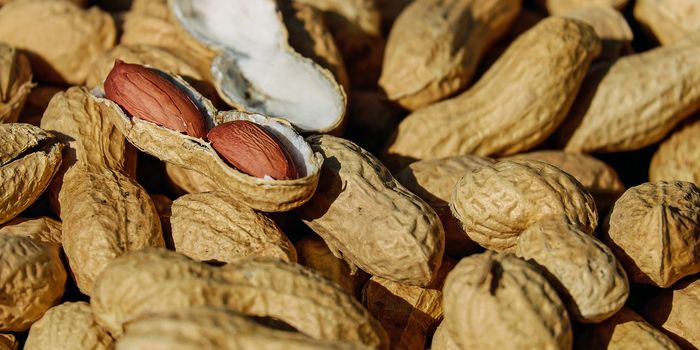Unprecedented Analysis of HIV Reservoir Cells Reveals Unique Properties
HIV-1 (human immunodeficiency virus-1, one of the two strains of HIV) is a tenacious pathogen. It forms reservoirs that establish a life-long presence in the body; these are cells that are infected with HIV-1 but do not actively generate new antiviral particles. While antiretroviral therapy (ART) can dramatically reduce the levels of HIV in circulation, a small number of those infected reservoir cells stick around, making the disease nearly impossible to eliminate completely. The cells that can elude the effects of antiretrovirals and restart active infections when a drug regimen stops are very rare. But now, scientists have characterized HIV reservoir cells obtained from HIV-1 patients. These cells have surface markers that could explain why they persist and resist, and could help scientists develop new ways to destroy them. The findings have been reported in Nature.
In this work, peripheral blood cells were collected from five HIV patient volunteers, four of whom had been on ART for about a decade. One study participant had undetectable levels of HIV even though they were no longer using ART. Blood samples had also been obtained many years earlier, when participants were only on ART for a year or two. Lymph node cells from HIV patients who had been using ART for 10 to 15 years were also harvested, and CD4+ T cells, which are infected by HIV, were isolated.
A single-cell sequencing technique was created for this study, in which surface biomarkers on virally infected cells were analyzed. This method was called phenotypic and proviral sequencing (PheP-Seq). The tool was used to assess over 530,000 peripheral blood cells and 396,000 lymph node cells individually, and it identified unique biomarkers on reservoir cells.
Retroviruses can incorporate their DNA into host cell genomes. Blood cells that carried complete viral genomes in their DNA - intact proviruses, were often found to carry surface markers that have been linked to resistance against immune cells that protect against viral infection - cytotoxic T and natural killer cells. Reservoir cells were also found to express high levels of immune checkpoints that limit the transcription of viral genes. There seem to be unique features on HIV-1 reservoir cells that shield them from the immune system, which can explain their persistence, and distinguish them from other cells.
Cells collected early on in ART treatment had already begun to increase the activity of these features, though they were far more pronounced at later stages.
The study suggested that only some HIV-infected cells are able to persist through HIV treatment. Unfortunately, the biomarkers of these cells are probably not universal among all HIV patients on ART because of differences in individual immunity. However, the identification of biomarkers that can differentiate reservoir cells from other cells is significant and could open up new treatment options.
"Over more than four decades, HIV has slowly but progressively revealed its secrets, and this is yet another critical secret revealed. The ability to visualize individual reservoir cells was a pipe dream, and now has become a reality. Now we must build on this information to eradicate these cells," said study co-author Bruce Walker, MD, Director of the Ragon Institute of MGH, MIT and Harvard.
Sources: Brigham and Women’s Hospital, Nature
